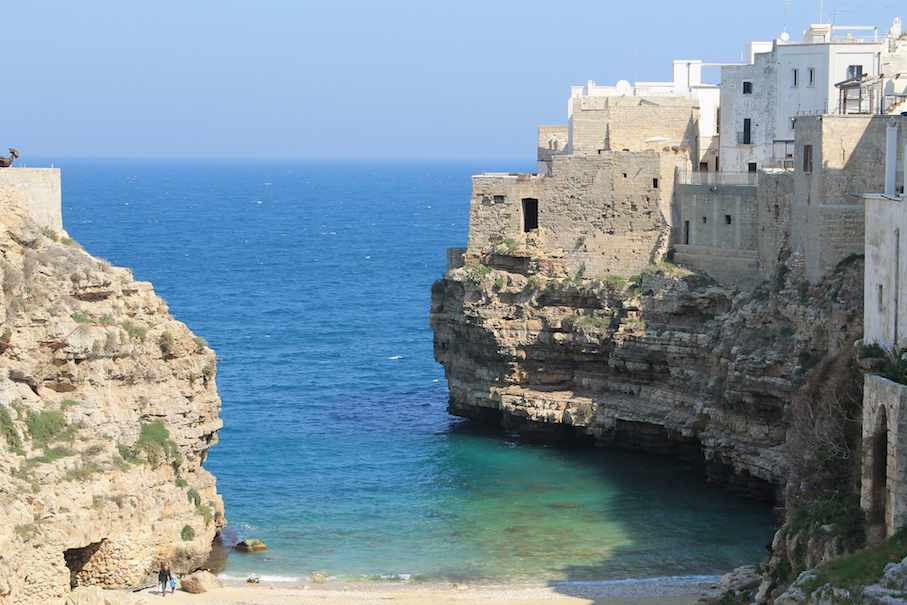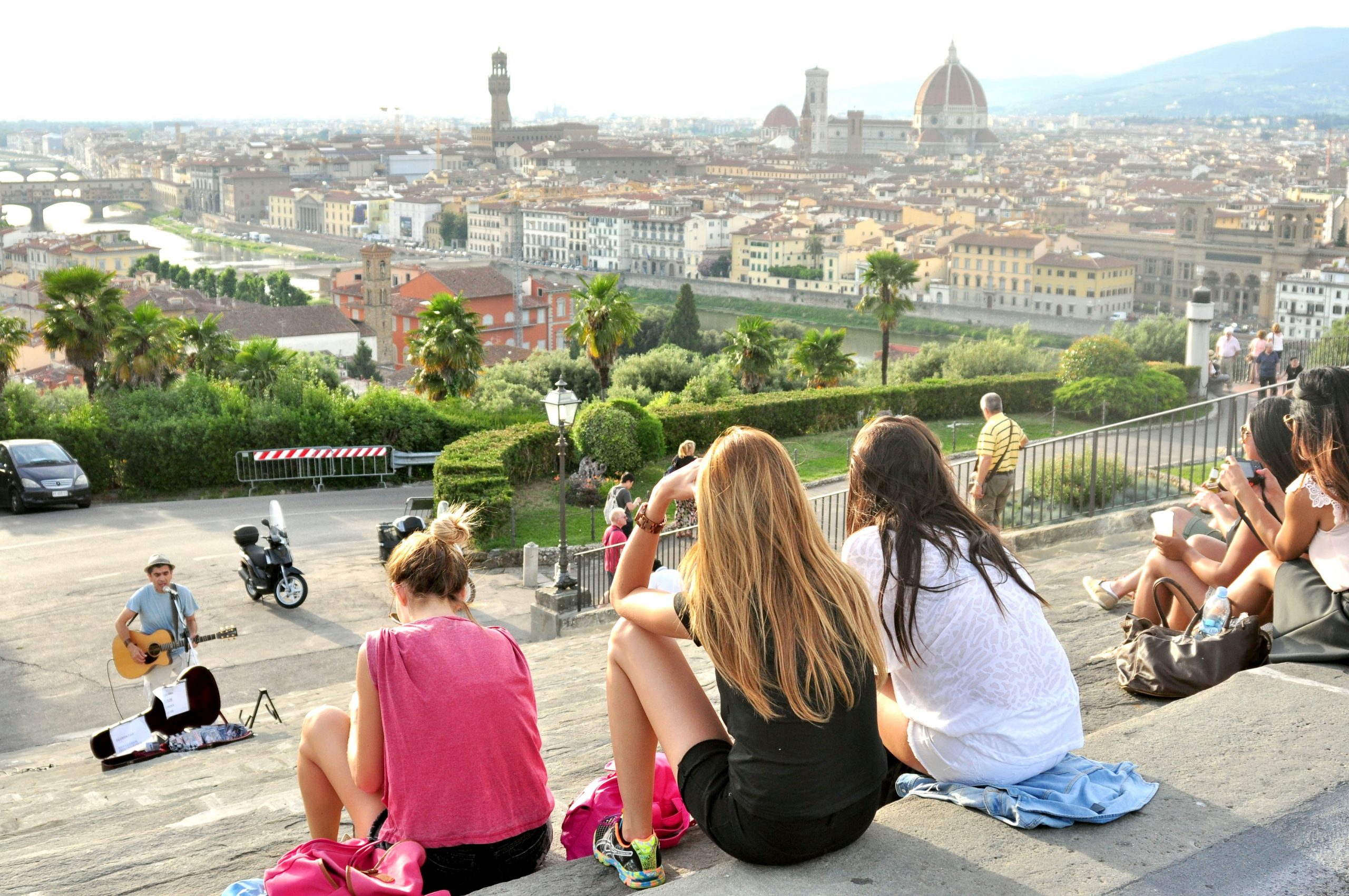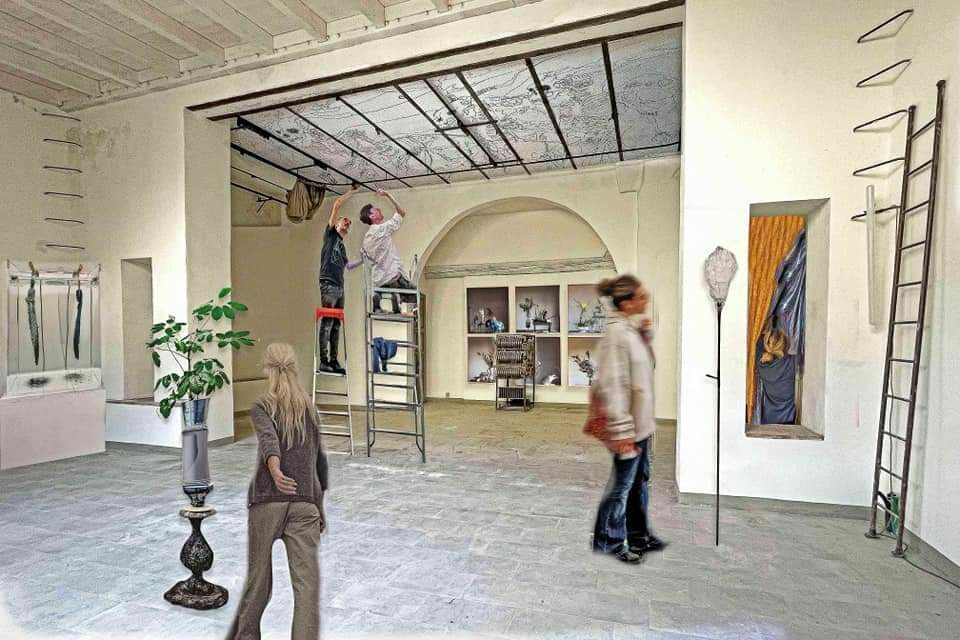Polignano a Mare, known as the Pearl of the Adriatic, is perched atop a slice of erosion scarred limestone above the Adriatic Sea in Puglia. At 25 meters tall, it is the perfect location for the International Red Bull Cliff Diving Competition, where the best divers from around the world gather to perform exotic stunts that are guaranteed to draw huge crowds. In September of 2015, Polignano a Mare hosted the World Series for the third time.
Rocky grottos (caves), some very deep and expansive, run along the jagged coastal cliff walls. There are nearly 40 of them in Polignano a Mare alone. We scheduled a tour by boat with Polignano Made in Love, located in town. At the waters edge our Captain, Dorino, met us on his boat for an excursion into some of the most exotic sea grottos.
We left the shallow harbor and turned left around a rocky point into the endless expanse of crystalline waters that make up the Adriatic Sea. Warm salt water splashed lightly on us as we picked up some speed. Captain Dorino introduced himself and shared some of his fascinating knowledge of the grottos we would explore by boat.
Just below the town is the Grotta Palazzese, the largest of the grottos and considered one of the most beautiful scenic wonders of the world. Now a restaurant, the cave expands clear back to the center of town in a vast semicircle. The restaurant is lit by the natural marine light from the Adriatic, with the help of candlelight by night. Access to the restaurant from the ground is possible by a staircase carved into the rock. Known as the “summer cave,” the elegant Ristorante Grotta Palazzese is open from May to October.
Captain Dorino quickly engaged us all by sharing the natural history of the area combined with some colorful stories. The erosive action of wind and water has carved out numerous grottos which we observed from our boat. The entrance to our first cave, Ardito Grotto, was fronted by water of a gorgeous shade of green. Limestone cliffs towered high above us as we entered the cave through the huge expansive opening.
Small beams of sunlight found ways to penetrate the rock and illuminate the unique play of colors on the cave walls. Our voices echoed all around. The next grotto we explored nearly exploded with gorgeous marine colors as sunlight entered through a couple of holes in the cavern ceiling, casting a glow on cave walls and ocean waters. Purples, greens and blues came to life in muted layers. It was fairly shallow and I was tempted to jump overboard and wade in the warm Adriatic. Now I wish that I had.
We were all amazed at the appearance of a heart of white light on the cave wall as the sun came through a hole in the ceiling. It moved slowly along the rocky outgrowth. The island of St. Paul, better known as “Rock Hermit,” was a curiosity. It is about three hundred meters from the overhanging cliffs of Polignano. On the summit are the ruins of a chapel dedicated to St. Anthony Abbate (1612). It was used as hospital in 1837.
Some of the caves of notable interest include the Cave of the Swallows, the Episcopina Cave with tunnels that joined the Mother Church to the sea, the Chiangella Cave where legend states that the cries of weeping mothers could be heard over their abducted daughters by the Saracens and pirates. There is also the Cave of Nuns, which was visited by the religious and offered the nuns a private place to swim.
Captivating, imaginative and alluring, these sea grottos are a magnificent work of natural art. It left me with little wonder why they are the objects of mythical legends from thousands of years ago. Their mystic effects are fathomless.































